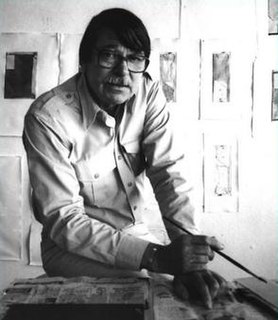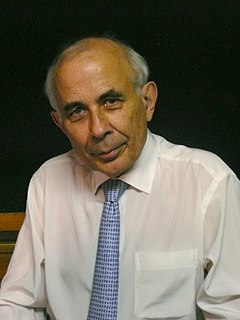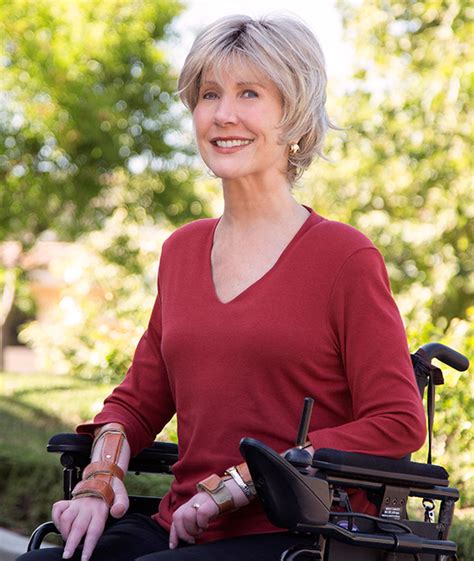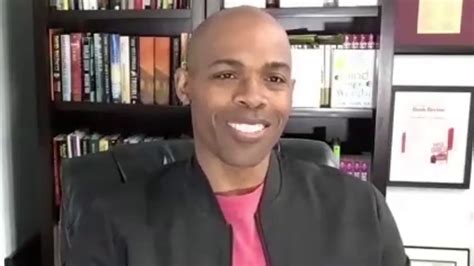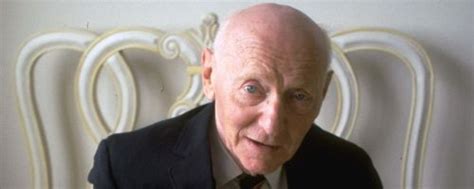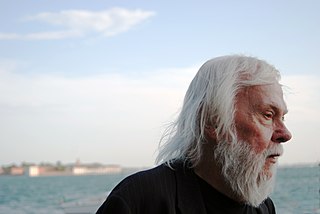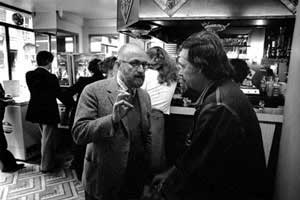A Quote by Richard Diebenkorn
In abstract painting, I worried about the limited range of possibilities that, as time went on, became increasingly important to me. I wanted to express or deal with differences that an all-over paint and canvas 'presence' neutralized.
Related Quotes
Let's talk about the artist's desire to go beyond the pictorial or the representational and the desire to create the abstract - the idea that painting can go beyond what is seen. What we found is that, increasingly, painting became about paint, its own material truth. When I'm talking about the way that we look at others and the way that we see ourselves increasingly, looking at others becomes its own material truth.
No one would want to pay a penny for an empty canvas by me. But it would be quite another if the empty canvas were signed by a great artist. I would be surprised if an empty canvas by Picasso or Matisse signed and inscribed with the words, 'I wanted to paint such and such on this canvas, but did not do so,' would not fetch thousands... After all, with an empty canvas, the possibilities are limitless, and so perhaps is the cash.
Well, painting is the one thing I do, that is just me. It's me and easels, and the pencils. And as long as I don't drool too much over the canvas, the colors come out pretty good. And it's a chance to express all that I've got inside, that I sometimes keep hidden. And I think that's why I paint big broad, wide open landscapes.
One of the most important elements of Caio-ness I wanted to keep was that left to right reading, where one form draws you... this movement in what is otherwise a fairly still art, that sense of pulling the eye. It involves a sense of time. To me that's esoteric and magical and playful, and if a painting doesn't have that, to me it's just canvas and paint. If it does have that, then it rises above its materials.
Imagine a master painting that's never finished...when you can only build on previous work, you become limited by what you can paint...If you are in the midst of painting a forest full of tall tress and hanging vines, it is rather difficult to wake up the next day and suddenly turn that paining into the beach and ocean...We have to treat each day like a black canvas on which we can paint. Yesterday might have been paining flowers, but today you can paint cars or horses. A new day represents a chance for renewal.
Each painting seems to have a very specific size it wants to be. I have even started a painting or two over just because I didn't like the feeling of the particular image at a particular size. The Parlor needed to be large because I wanted it to feel like a full-size room you could step into. Unfortunately for me, I paint the same way on an eight-foot canvas as I do on a five-inch miniature. I still use very tiny brushes and noodle every square inch. It took me nearly a year to paint The Parlor.
Manet wanted one day to paint my wife and children. Renoir was there. He took a canvas and began painting them, too. After a while, Manet took me aside and whispered, 'You're on very good terms with Renoir and take an interest in his future - do advise him to give up painting! You can see for yourself that it's not his metier at all.
I always get into arguments with people who want to retain the old values in painting - the humanistic values that they always find on the canvas. If you pin them down, they always end up asserting that there is something there besides the paint on the canvas. My painting is based on the fact that only what can be seen there is there... What you see is what you see.
Painting from life was incredibly important for me because it allowed me to train my eyes to see everything that is there. But I realized early on that painting from life wasn't something that I was all that invested in. I was always more interested in the painting than I was the people. For me, removing that as a compulsion offered me a lot more freedom to actually paint and think about color, form, movement, and light.
All that stuff about flatness - it's this idea that painting is a specialized discipline and that modernist painting increasingly refers to painting and is refining the laws of painting. But who cares about painting? What we care about is that the planet is heating up, species are disappearing, there's war, and there are beautiful girls here in Brooklyn on the avenue and there's food and flowers.
